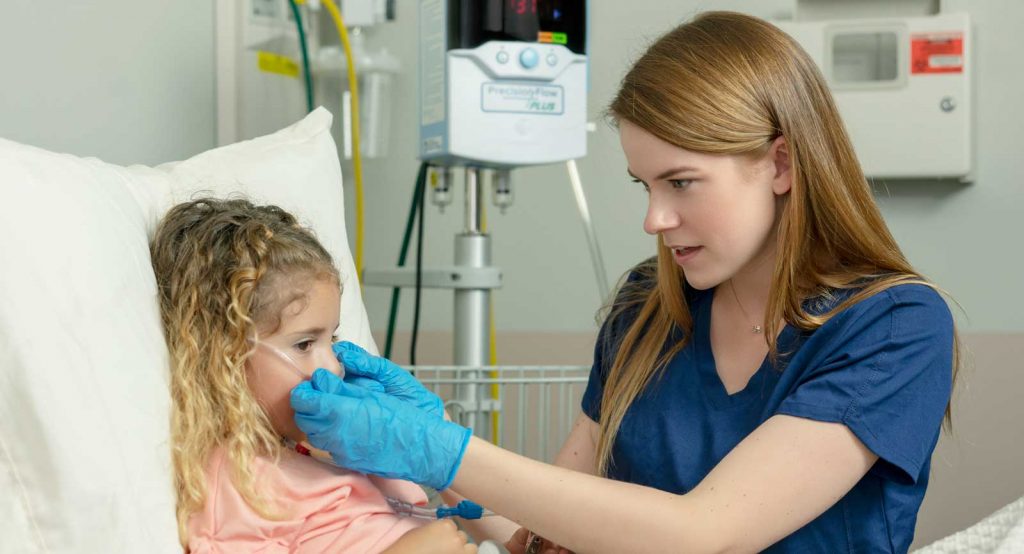When Albuterol Isn’t Recommended—A Way to Rehydrate Airway Mucosa

If you work with respiratory distress patients, you’ve probably heard jokes about the frequent use of albuterol. It’s a very common go-to medication, but it’s no laughing matter if it’s used when not recommended—as is the case for bronchiolitis treatment. The latest Clinical Practice Guidelines for Bronchiolitis released by the American Academy of Pediatrics strongly recommend against the use of albuterol for bronchiolitis due to a lack of evidence for its efficacy in this case.1
Although some clinicians have switched to using nebulized hypertonic saline, it is not recommended for use in the ED. It may be used for infants and children hospitalized for Bronchiolitis.1 Evidence suggests that nebulized hypertonic saline is not different from that of normal saline in reducing hospital admissions.2 Additionally, adverse events, like worsening cough, could be more frequent in children treated with hypertonic saline as compared to normal saline.2
Addressing the Symptoms
When we look at the basics of why these two medications were and are used on bronchiolitis patients, it’s to promote bronchodilation and mucociliary clearance, which can relieve the symptoms of this disease. An important part to this symptom relief is the rehydration of airway mucosa that ultimately promotes secretion clearance.
Delivering Optimal Humidification
One well-documented method of rehydrating airway mucosa and promoting mucociliary function is through the inspiration of heated and humidified gas.3 Vapotherm® high velocity therapy delivers optimal humidification via a nasal cannula. This is important not just to relieve bronchiolitis symptoms, but also those symptoms secondary to pneumonia and other respiratory infections.
Ensuring Your Workflow Doesn’t Get Bogged Down with Condensation Management
When you’re looking for ways to deliver optimally humidified gas to your patients, not all devices give you the same results.4 For example, in a workflow study, Tero and colleagues found that managing condensate build up generated by conventional high flow devices resulted in greater staff workload as well as patient risk by comparison to high velocity therapy treatment.4
This low rainout incidence with Vapotherm systems is in part because Vapotherm systems use a triple lumen tube to insulate the gas during delivery. The warm water jacket delivery tube is designed to eliminate rainout, so your patients receive optimally conditioned gas.
When making the decision about what method of humidification delivery is best for your team and patients, take into account the various design elements that impact device performance.
References